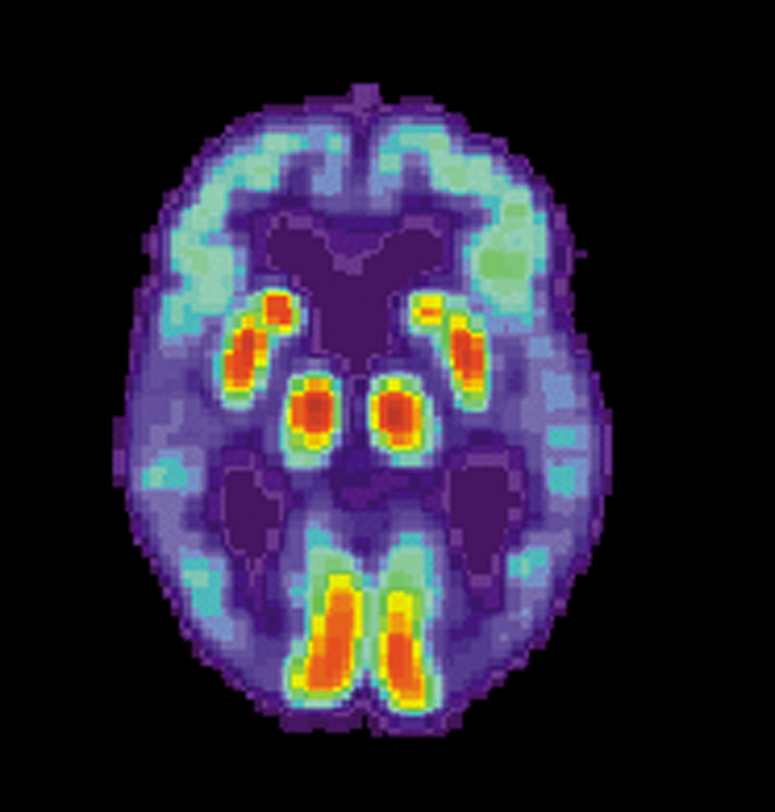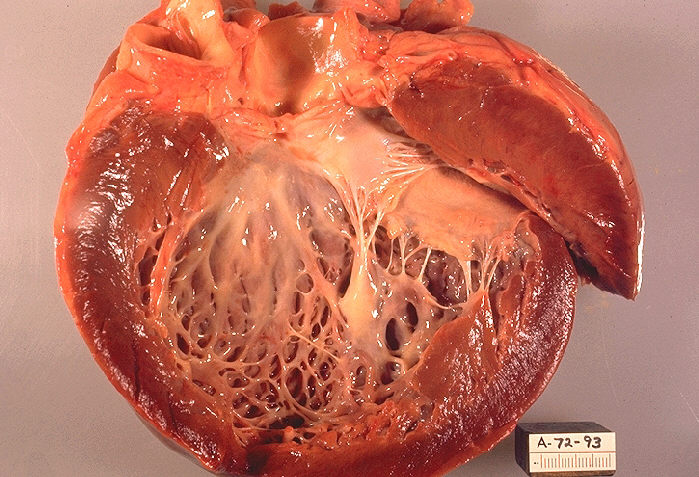 |
| PET scan of a human brain with Alzheimer's disease. By US National Institute on Aging, Alzheimer's Disease Education and Referral Center, via Wikimedia Commons. |
As the world's elderly population grows, the incidence of Alzheimer's disease is expected to skyrocket. The recent admission by 59-year-old University of Tennessee women's basketball coach Pat Summitt that she has early onset dementia has no doubt got many people in her age group worried.
Fortunately, there have been some new findings that are pointing to possible causes of and detection strategies for the disease. Things are very preliminary at this point, so scientists are cautioning people not to get their hopes up yet, but some of the research looks promising.
* Researchers in San Francisco have identified and ranked seven risk factors that can be linked to at least half of all cases of Alzheimer's disease. Worldwide, lack of education is the main cause; in the U.S., leading a sedentary lifestyle leads the way. See this L.A. Times story for more details.
In the U.S., the study says, lack of exercise was the main risk factor, accounting for 21% of risk. Depression was the next highest factor (15%), followed by smoking (11%), hypertension (8%), obesity (7%), low education (7%), and diabetes (3%).
* It may be possible to detect some signs of Alzheimer's disease as long as 20 years before the onset of symptoms by examining a person's cerebrospinal fluid (CSF), say new findings from the Washington University College of Medicine in St. Louis. The research concerns a specific type of the disease called dominantly inherited Alzheimer's, which passes from one generation to the next.
This form of Alzheimer's is rare (only about 1% of all cases of the disease), but researchers hope that some of the information they gain from these findings will be applicable to the broader population of patients.
* Can a simple smell test detect Alzheimer's? A team of Australian researchers is working on a test based on the fact that "people who have memory loss and other signs of mental decline that can lead to Alzheimer's may have trouble discriminating between smells."
In the test, a person is asked to sniff three sticks, two of which contain the same odor. If the person identifies the wrong stick, the test is repeated with sticks featuring a higher concentration of the odor. The test showed that people in the study who had trouble telling the smells apart at the start of the study "were more likely to shows signs of mental decline."
* In addition, simple eye tests may be able to detect the presence of Alzheimer's disease before symptoms develop. One looks for changes in the retina, another looks for the presence of amyloid-beta, a protein found in Alzheimer's plaque, in the lens of the eye.
These are all early findings, but they may represent advances that may lead to simple and affordable detection methods.
